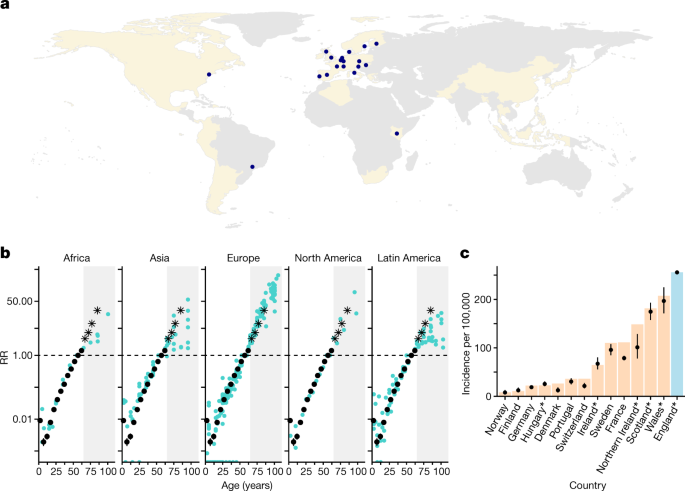You're going from one reported median, which is subject to specific and extreme data-points (several of which aren't peer-reviewed). This is so far from authoritative, it's exceptionally unwise to base public policy on it.
New York City is a densely populated urban centre, with a huge international community; a state capital and a city of global importance. The spread is likely to be higher there than the vast majority of other places in the US, even other cities. And you want to rest your assumptions on the idea that the seroprevalence in the US as a whole is more than twice what it is in NYC?
I'm sorry, but your basic knowledge of viruses is quite poor. You've been arguing thus far that viruses will naturally become less and less deadly, based on a surface-level understanding of natural selection, which is observably and demonstrably not the case.
One might point to your own example: SARS. SARS-COVID-1 was far less virulent; lower mortality rate, lower infectiousness. By your own assumptions, SARS-COVID-2 should not be so much, much, much, much worse. But it is.
I mean, I consider outbreaks covering over 10 countries over 30+ years to be pretty "widespread", yes.
But that's not the point. The point is it's been around for many decades; it's clearly successful at propagating, and an exceptionally high mortality rate hasn't stopped it from doing so.




